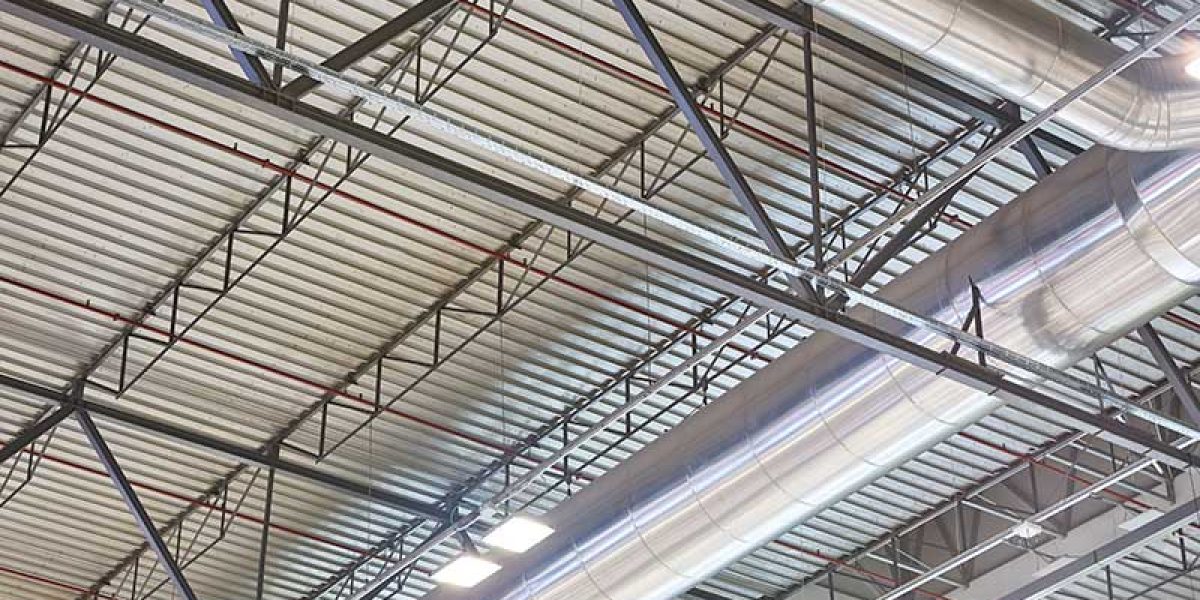A building’s roof is one of its most important components. Not only does it defend the building from the elements, but it also contributes significantly to energy efficiency and aesthetics. Whether you’re constructing a new building or contemplating a roof replacement, it’s essential to evaluate multiple factors in order to make informed decisions. To ensure that your building’s roof meets your requirements and lasts for years, we will discuss the most important factors in this article.
Roofing Product
Choosing the proper roofing material is essential for the durability and functionality of your roof. Common alternatives include:
a. Asphalt Shingles: Affordable and versatile, asphalt shingles are available in a variety of designs and hues, making them a popular option for residential and commercial structures.
b. Metal Roofing: Metal roofs are ideal for both residential and commercial applications due to their longevity and energy efficiency. They are available in several metals, including steel, aluminum, and copper.
c. Tile or slate: These materials have a refined and timeless appearance, but can be heavy and costly. They are frequently found on luxurious residences and historic structures.
d. Flat Roofing: Common on commercial buildings, flat roofs can be covered with EPDM rubber, TPO, or built-up roofing (BUR) systems, among other materials.
e.Consider green roofs, which are covered with vegetation, as an eco-friendly alternative. They also reduce stormwater runoff and enhance air quality.
Climate and Weather Circumstances
The location of your building has a significant impact on the choice of roofing material. Consider the local climate and atmospheric conditions. In regions with significant precipitation, a roof with excellent water-shedding capabilities is essential. In regions prone to high winds, a roofing material that can withstand such conditions must be utilized.
Roofing Slope and Style
The slope and design of the roof affect its functionality. Greater water discharge is achieved by roofs with steeper slopes, whereas flat or low-slope roofs may require additional drainage systems. The design of the roof should also accommodate any potential future additions, such as solar panels or rooftop gardens.
Ceiling Insulation
Insulation is essential to energy efficiency. Roofs with adequate insulation help regulate interior temperatures, thereby reducing heating and cooling costs. Depending on the location and climate of your building, you may require different insulation materials and techniques.
Maintenance Essentials
Regular maintenance is essential for extending the lifespan of a roof. Certain roofing materials require greater upkeep than others. When selecting a roofing material, consider your willingness and ability to perform routine inspections, cleanings, and repairs.
Price and Budget
Your budget will inevitably affect your choice of roofing material. While some materials are less expensive initially, others may provide long-term savings due to their durability and energy efficiency. Consider both initial and recurring expenses when making a decision.
Local Building Regulations and Codes
Ensure that your roof adheres to all local building codes and regulations. These regulations specify permitted roofing materials, fire ratings, and structural requirements. Noncompliance can result in expensive legal issues and the need for expensive modifications.
Employer Selection
It is equally essential to hire a reputable roofing contractor as it is to select the proper roofing material. Conduct research and choose a contractor with a sound track record, appropriate licensing, insurance, and references. Professional installation can significantly improve the efficacy and durability of a roof.
The conclusion
The roof is an essential element of any structure, and its selection requires careful consideration. By considering roofing material, climate, design, insulation, maintenance, budget, local regulations, and contractor expertise, you can make an informed decision that ensures the roof of your building not only protects the structure but also meets your specific needs and expectations for many years.








